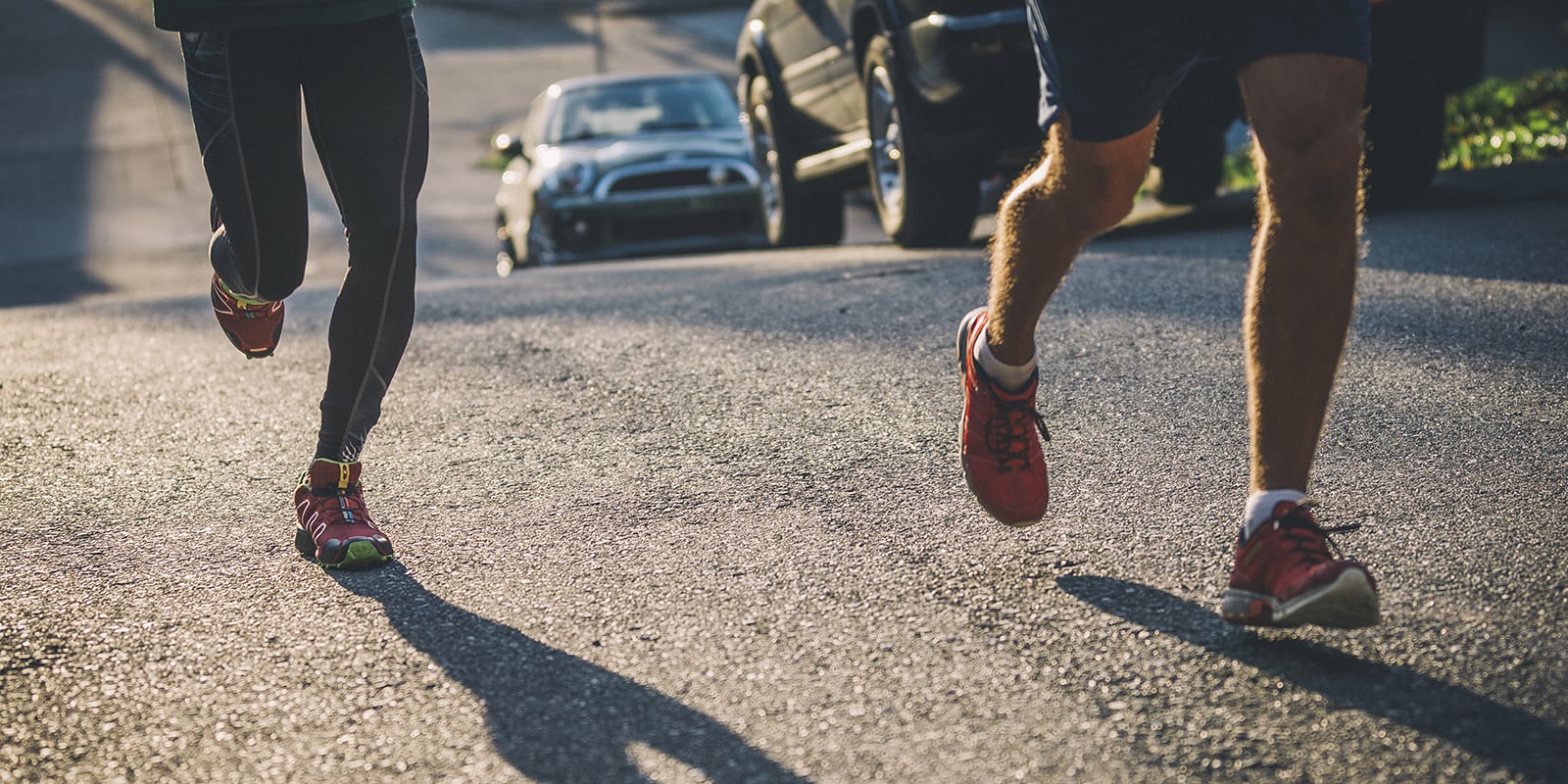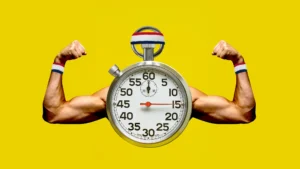5 Tips To Pick The Best Sneaker
- Foot size: Shoe lasts (which determine shoe sizes) vary by manufacturer and even from one shoe model to another. You may need a half-size or even a full size smaller or larger than you think. If you’re unsure, have your feet measured.
- Try on shoes at the end of the day. Your feet normally swell a bit during the day’s activities and will be at their largest then. This helps you avoid buying shoes that are too small.
- Aim for a thumbnail’s length of extra space in the toe box. The width should be snug but allow a bit of room for your foot to move without rubbing. Laces should be snug but not tight. Barefoot shoes are an exception: Heel and toes should “fit like a glove” without any extra space in the toes.
- Pick a shoe that is fit for the type of running you do. Road-running sneakers are designed for pavement and occasional forays onto packed surfaces with slight irregularities. Light and flexible, they’re made to cushion or stabilize feet during repetitive strides on hard, even surfaces. Trail-running sneakers are designed for off-road routes with rocks, mud, roots or other obstacles. They are enhanced with aggressive tread for solid traction and fortified to offer stability, support and underfoot protection. Cross training shoes are designed for the gym or Crossfit workouts or any balance activity where having more contact with the ground is preferred over a thick platform sole.
- How do you run? If you own a well-used pair of running shoes, check the wear pattern on the soles to help determine your running mechanics or better yet, bring them to show the sneaker technician.
Enjoy the journey!
Your health and fitness coach,
Steve Jordan



